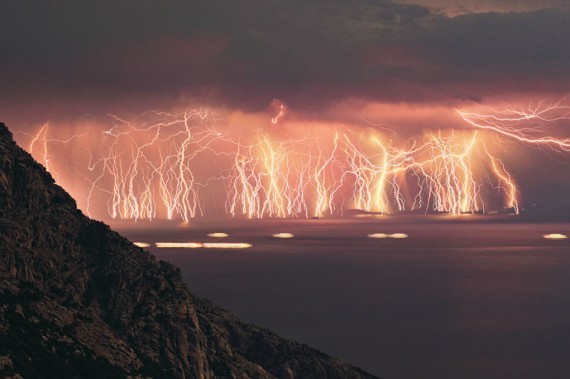Around the world, climatic and atmospheric conditions lead to extremely strange natural phenomena that are shocking to people when they witness them. Therefore, it would not be completely wrong to say that mother nature can stun us more than any technological advancement of mankind. One such spectacular natural event is the Catatumbo lightning in the little-known area of western Venezuela, where the Catatumbo River meets Lake Maracaibo.
Lake Maracaibo in Venezuela is where lightning appears with the highest frequency in the world, on average from 140 to 160 nights/year, 10 hours/day and 28 times/minute.
Because lightning storms last up to 10 hours each night, they almost continuously illuminate Lake Maracaibo and surrounding areas. Previously, colonial soldiers knew how to use these bright rays of light for navigation. Because there are so many lightning strikes every day, Lake Maracaibo is likened to a land “damaged by heaven”.
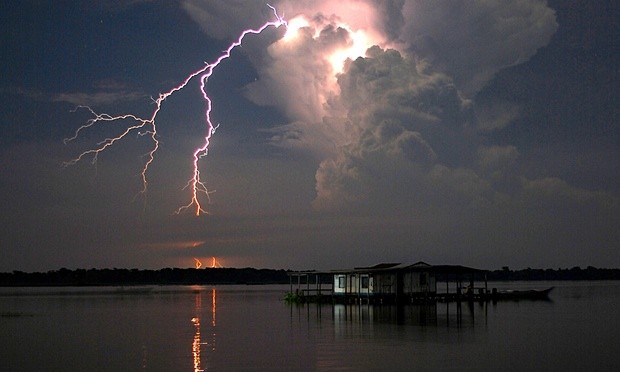
Catatumbo lightning is a special atmospheric phenomenon in Venezuela. It only occurs at the mouth of the Catatumbo River – the area that flows into Lake Maracaibo, Zulia state, northwest of the country. This is the place that records the highest number and frequency of lightning strikes in the world. Catatumbo lightning originates from large storm clouds at altitudes above 5,000m. (Photo: Alan Highton)
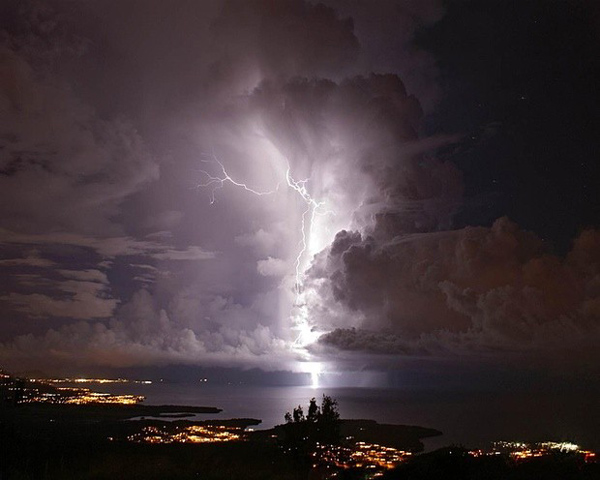
With the number of powerful lightning strikes occurring regularly over a small area, Lake Maracaibo is the world’s only generator of tropospheric ozone. (Photo: Alamy)
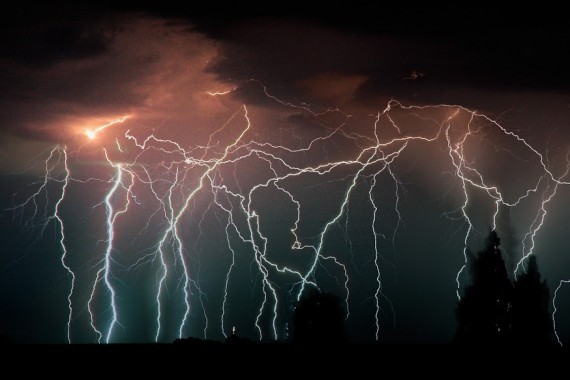
One surprising element of these consistent lightning strikes is that they are not accompanied by thunder. Some people believe that Catatumbo lightning does not cause thunder and this is truly a mystery. People can see light from lightning at a distance of more than 400km. They create a brilliant light on the horizon. (Photo: Mysteriousuniverse)
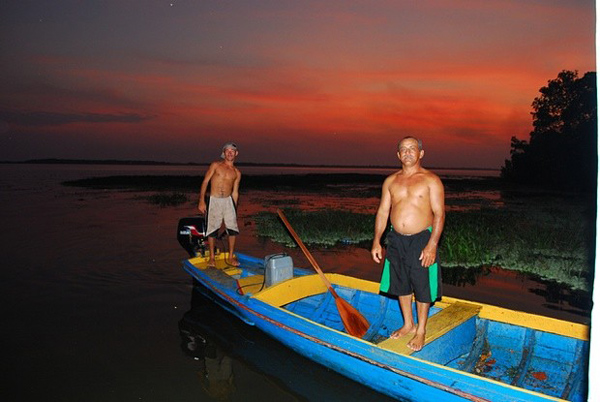
Local people have known about Catatumbo clay for centuries. They once called this phenomenon “rib a-ba” or “river of fire” and considered it a sign from the gods. In the colonial period of the Caribbean, sailors used light from lightning as a guiding lighthouse. (Photo: Alan Highton)
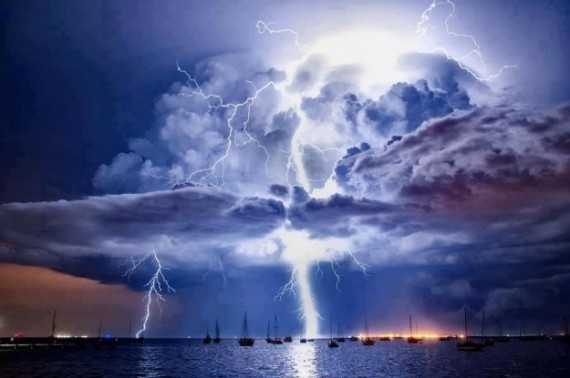
Depending on the humidity of the air during the night, lightning appears in different colors and even changes color overnight. When humidity is high, water droplets in the air are very small. They act like prisms that help scatter light and create beautiful lightning in all colors from red, pink, orange to purple. When humidity is low, lightning flashes are white. (Photo: Mysteriousuniverse)
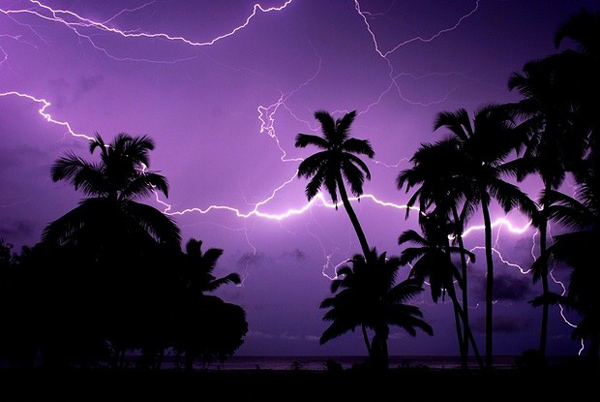
After appearing continuously for centuries, lightning stopped forming on Lake Maracaibo from January to April 2010 due to drought. However, they reappear after just a few months. Recently, Catatumbo lightning was recorded in the Guinness Book of Records because it appears up to 300 nights/year. (Photo: Mysteriousuniverse)
